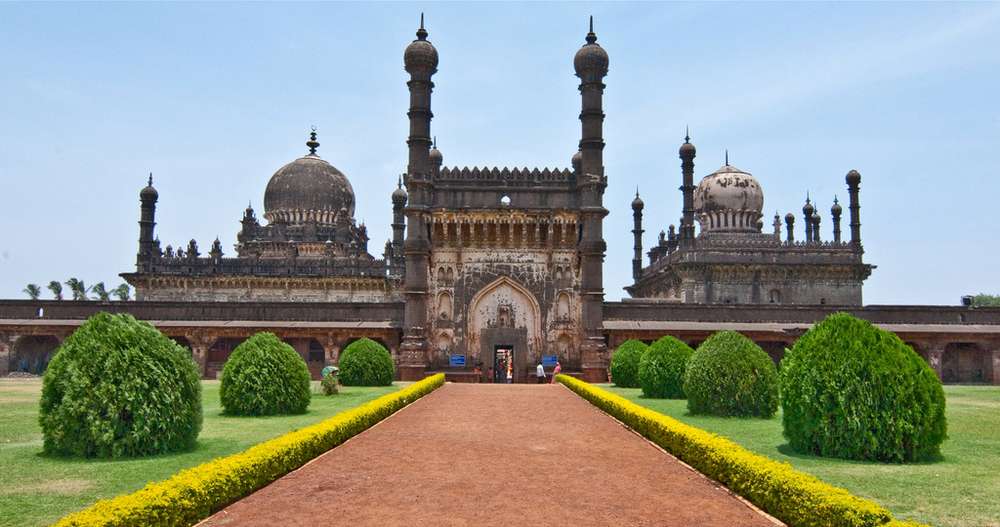
The architectural styles developed by the Sultans of the Deccan plateau that are appreciated in Bijapur, Bidar, Gulbarga, and Hyderabad, are motivated from Persian and Turkish structures.
Ibrahim Adil Shah II ruled the kingdom of Bijapur from 1580 to 1627. He is reputed to be one of the most compassionate and multicultural rulers in history and was a generous patron of the arts.
The sultan of Bijapur was a descendant of the Ottoman dynasty of Istanbul, Turkey. The sultan of Golconda was a Turkman prince who had taken refuge in India. The sultans were adherents of the Shia sect of Islam and were close allies of the Safavid rulers of Iran. A distinctive culture thus developed in the pluralistic community of the Deccan plateau. In India, the Deccan plateau became the prominent center of Arabic literature and scholarship.
Ibrahim Rauza is another valuable and most stylish architectural example of the Adil Shahi style of architecture. Ibrahim Adil Shah II, one of the sultans of this dynasty, developed and organized his own final resting place.
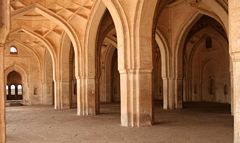 Ibrahim Rauza consists of two core constructions: a tomb and a mosque with several smaller structures. All these buildings are built within a square enclosure with an attractive garden in the front. Both the structures are built on a platform that is 360 feet long and 160 feet wide, around a walled enclosure.
Ibrahim Rauza consists of two core constructions: a tomb and a mosque with several smaller structures. All these buildings are built within a square enclosure with an attractive garden in the front. Both the structures are built on a platform that is 360 feet long and 160 feet wide, around a walled enclosure.
At the eastern end is the tomb and at the western end is the mosque. In between is an open yard in which are found an decorative tank and a fountain. Though the size and purpose of these two structures are different, the architect has productively attempted to produce an equilibrium between them in volume and style. Nevertheless, the tomb seems to be a grander structure than the mosque. The tomb consists of a principal chamber within an arched verandah and both are scaled by a dome. Tall minar-shaped turrets are built at four corners of the building. However, the most beautiful and crowning part is the bulbous dome at the upper story.
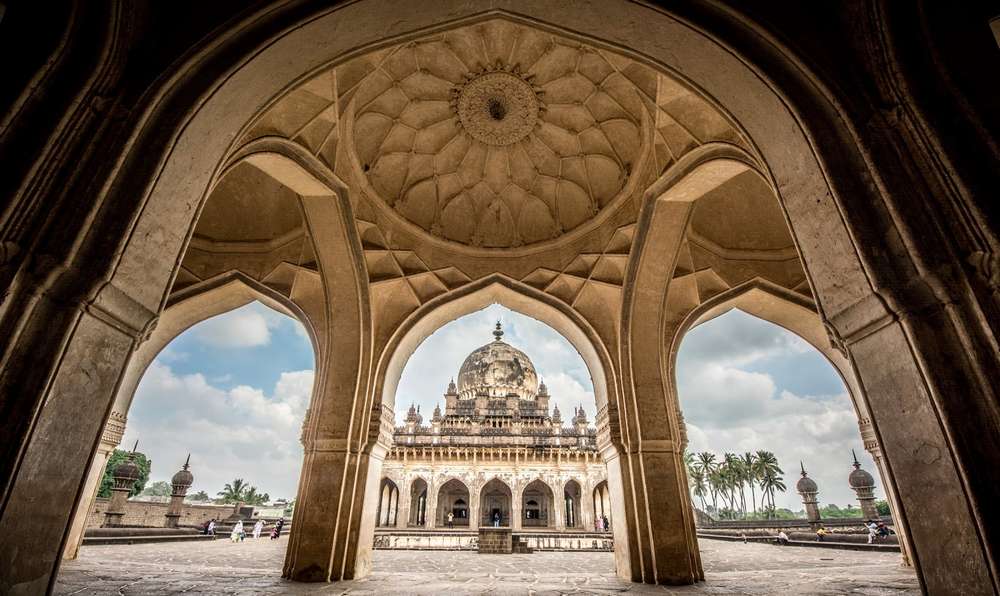
The interior has an arched verandah of row of pillars around the central chamber. They are all abundantly adorned with intricate patterns. The chamber room is a small square of 18 feet each side; but it is elegant because of the introduction of a charmingly carved ceiling at the correct height. Thus, the Ibrahim Rauza has a well-executed plan of a building in its entirety, harmonizing architecture with ornamentation.
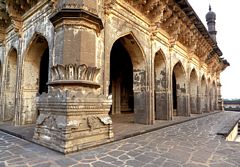 The mosque forming the other part of the Ibrahim Rauza relates harmoniously in the mass of its proportion and architectural treatment as well as width of frontage. Though it seems slightly smaller, the comparisons overlook in terms of minars at four directions and a slightly smaller elongated dome. This congruence is the real uniqueness of the Ibrahim Rauza. Between the two and in the center is a beautiful entrance with two minars at each corners. Thus, the whole composition is highly appealing.
The mosque forming the other part of the Ibrahim Rauza relates harmoniously in the mass of its proportion and architectural treatment as well as width of frontage. Though it seems slightly smaller, the comparisons overlook in terms of minars at four directions and a slightly smaller elongated dome. This congruence is the real uniqueness of the Ibrahim Rauza. Between the two and in the center is a beautiful entrance with two minars at each corners. Thus, the whole composition is highly appealing.
Scholars have felt that if this were to be built of marble, the Ibrahim Rauza would have been a close challenger to the glory of the Taj Mahal.
Through architectural wonders such as the Ibrahim Rauza, the Adil Shahis immortalized themselves through this structure which is at once a combination of majesty and beauty.
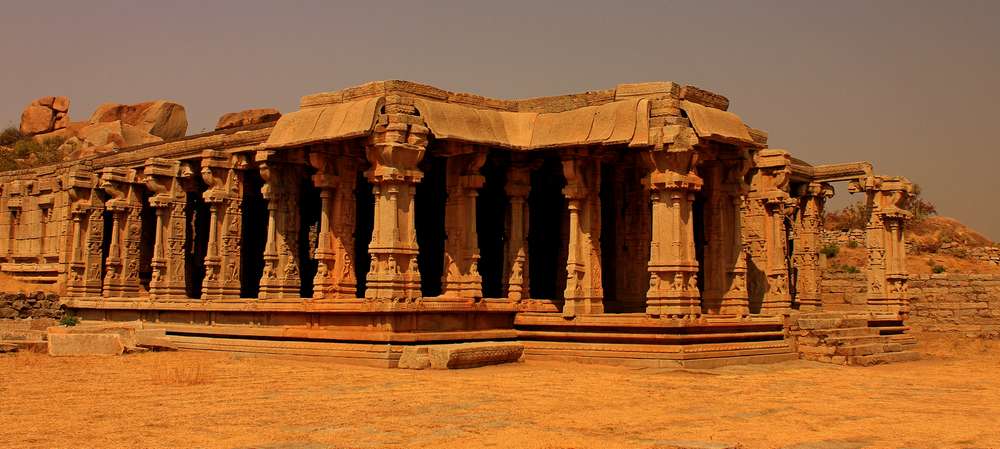
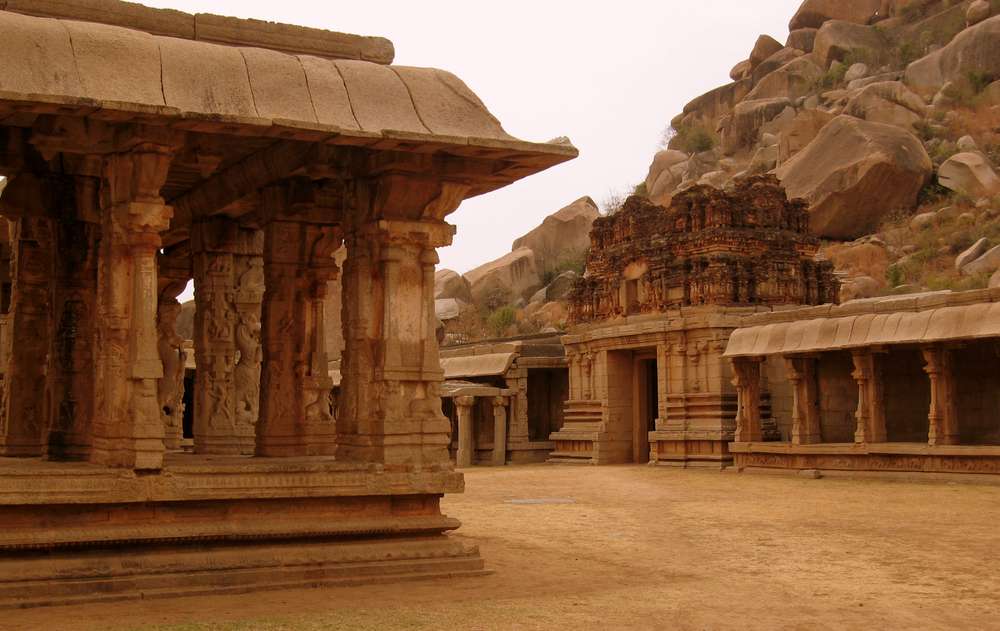
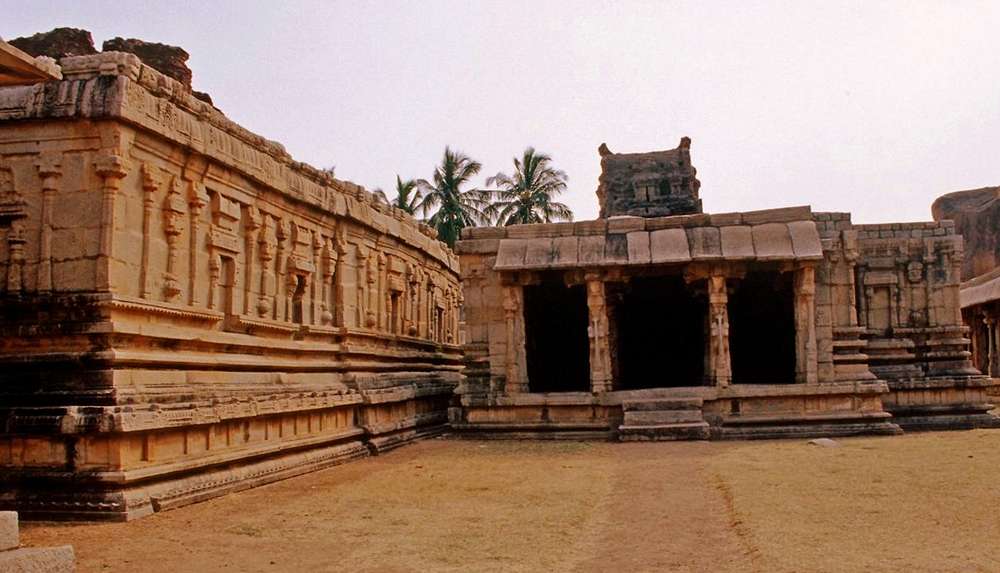
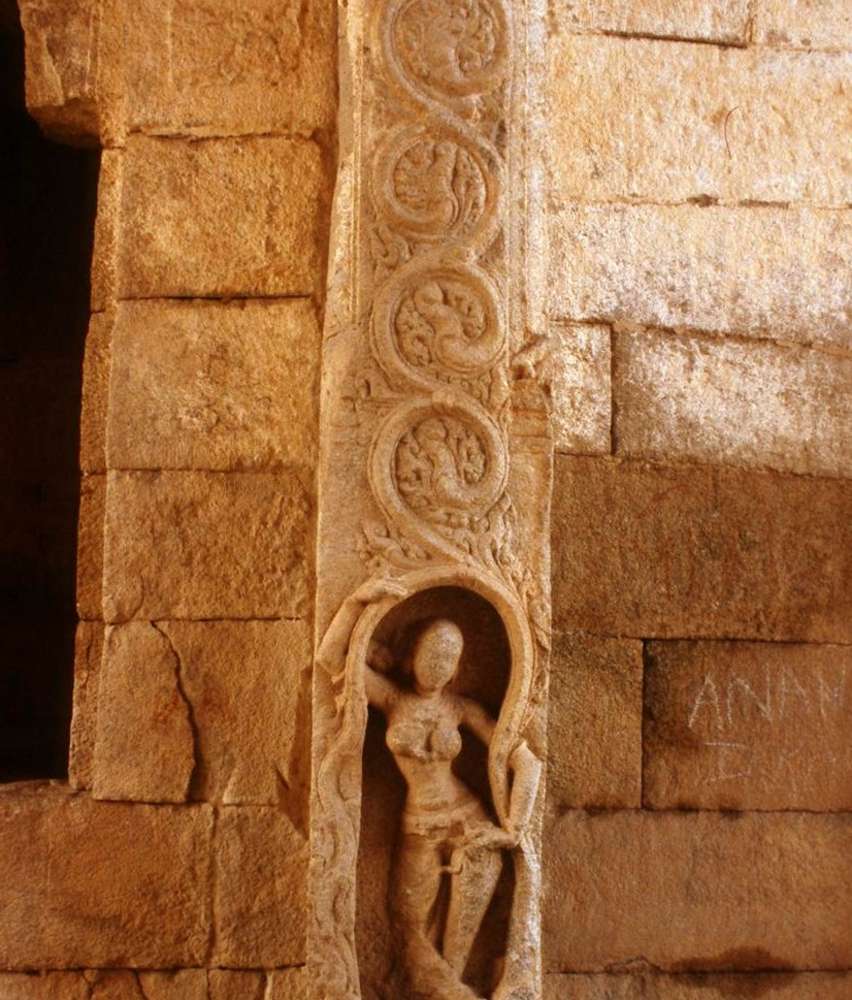
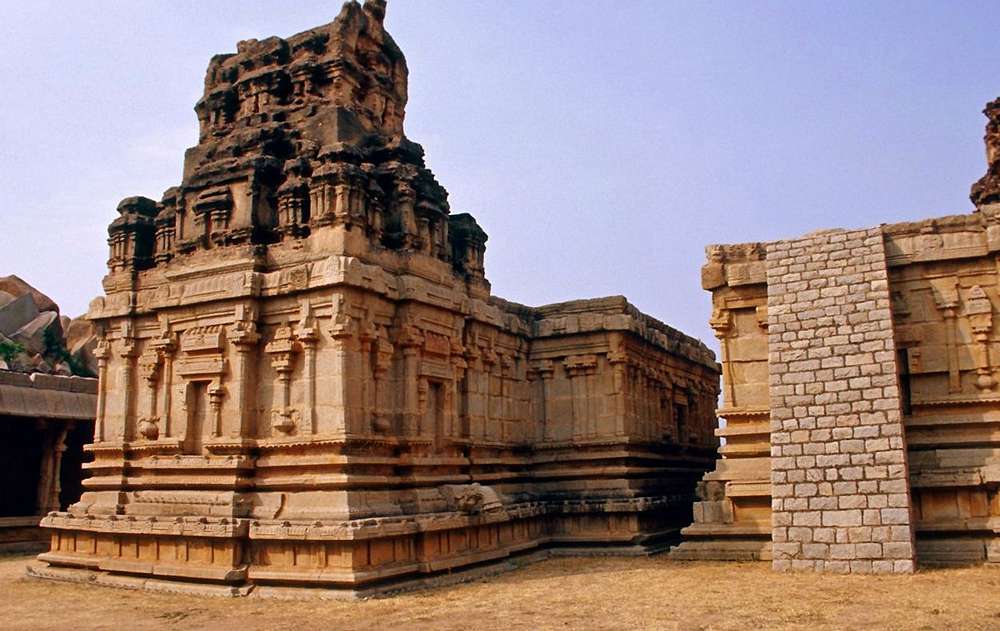
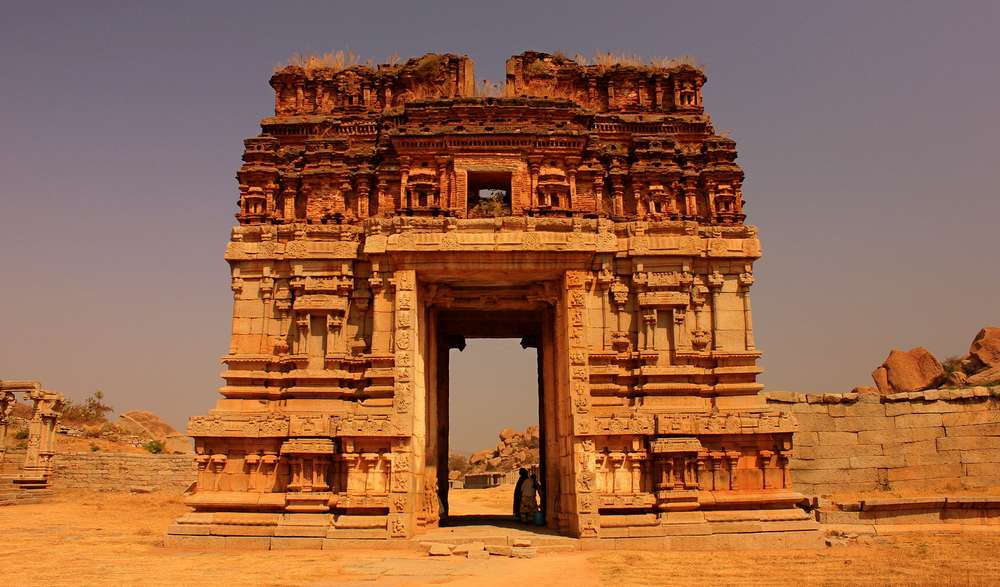
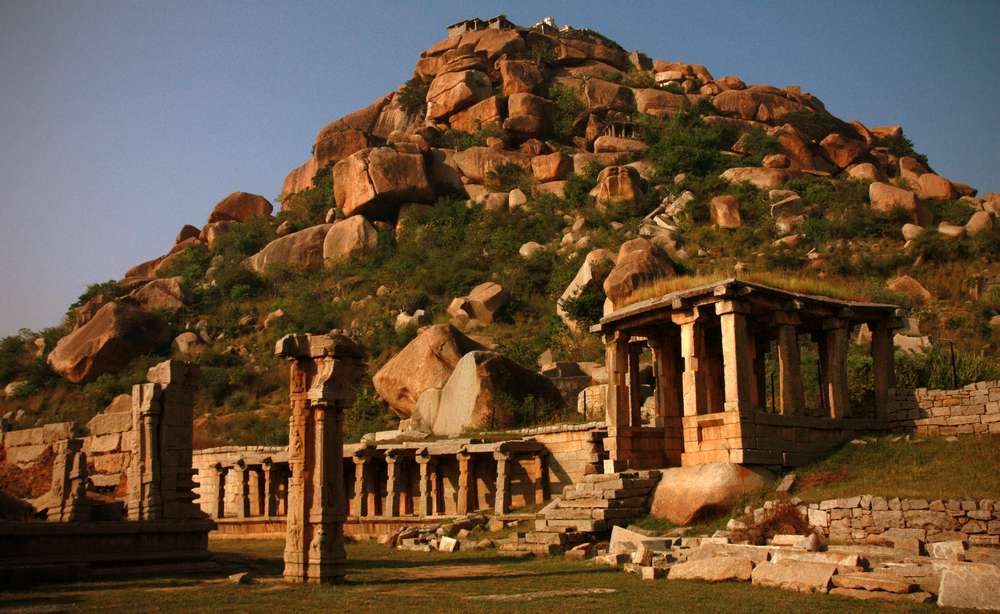
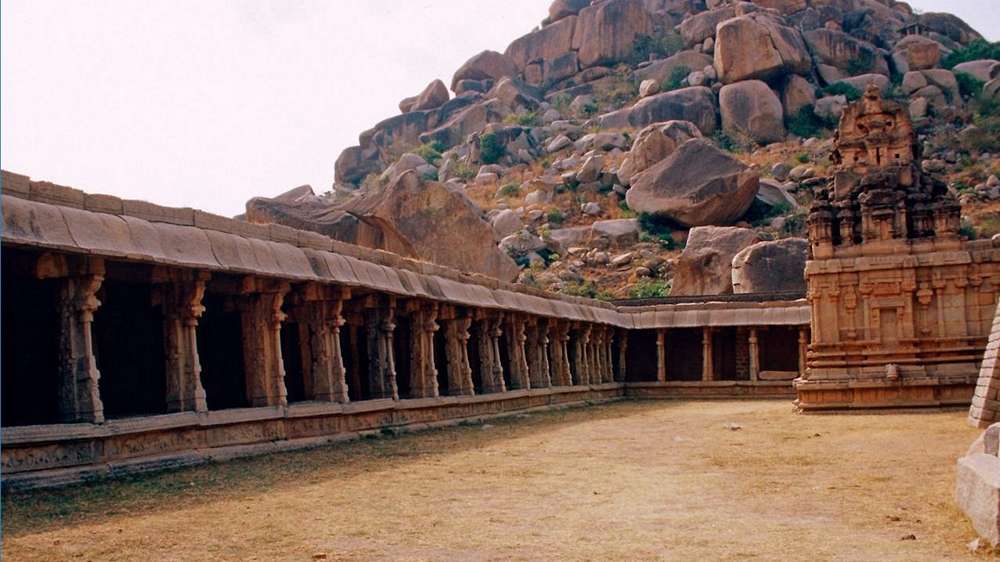
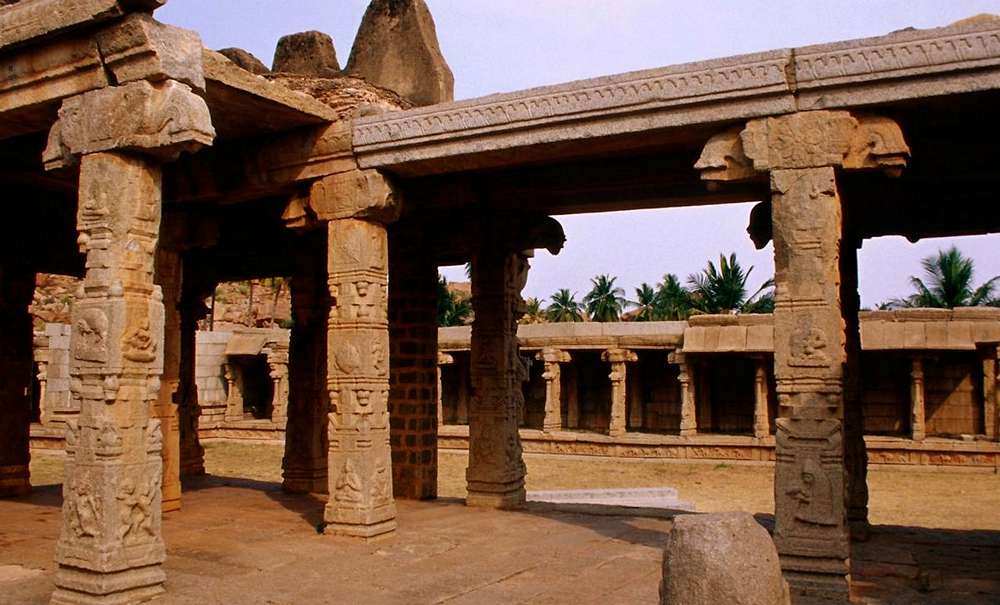
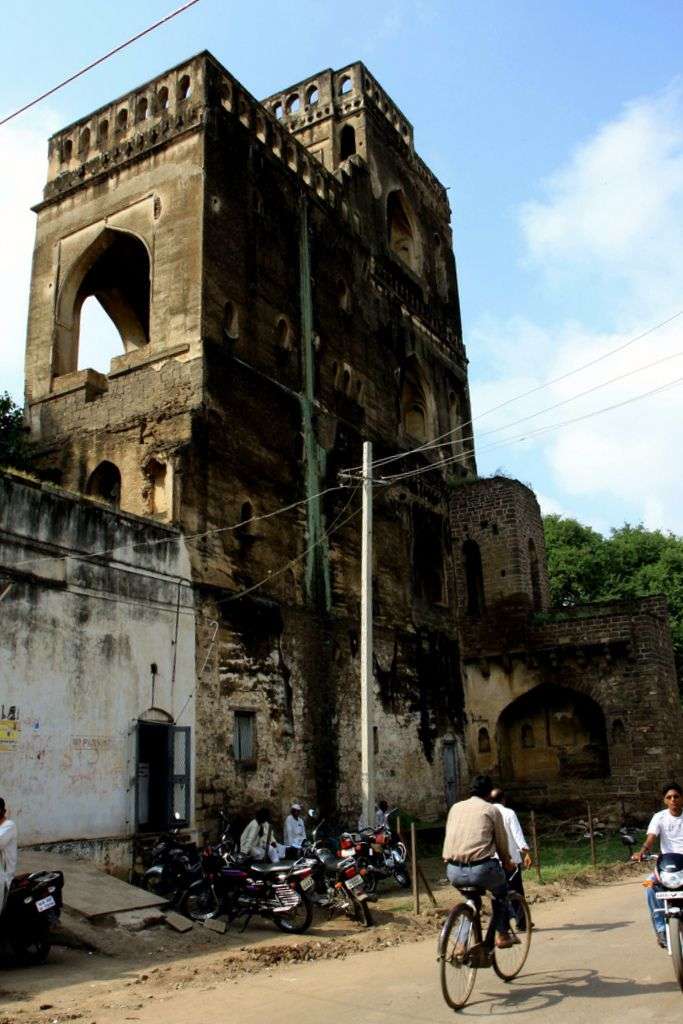
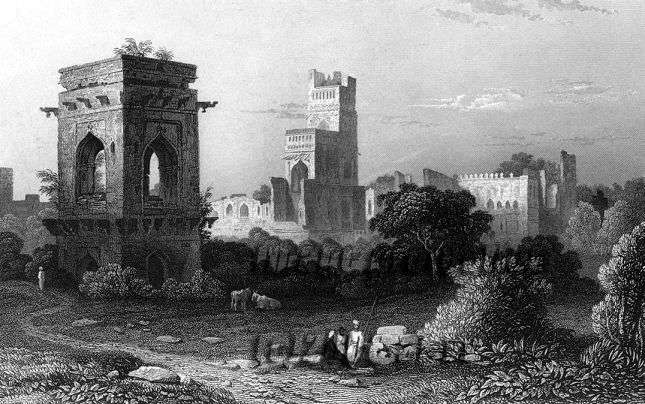
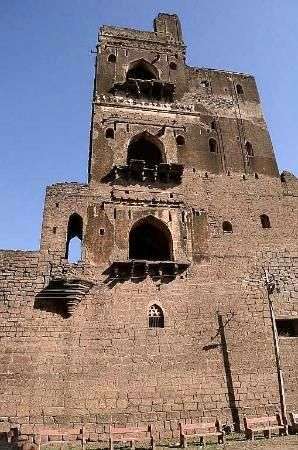 Sath Manzil palace was far more extensive than it is today. Therefore, what we see today is only a partial palace and the remaining parts have been destroyed. The
Sath Manzil palace was far more extensive than it is today. Therefore, what we see today is only a partial palace and the remaining parts have been destroyed. The 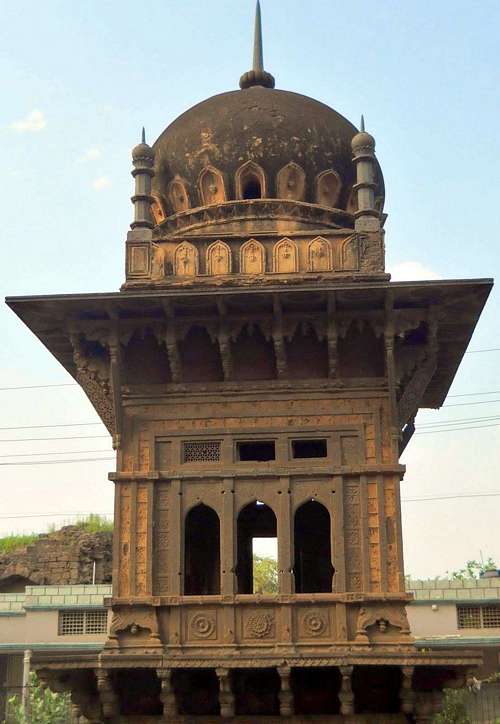 Water cisterns are found on all the stories of this building. The walls of these bathrooms were painted with human figures and others decorative motifs. The walls were also gilded beautifully and luxuriously. Another noteworthy feature of this beautiful building is the extensive use of wood as in the case of pillars, window frames, window screens, and brackets. There is another building called
Water cisterns are found on all the stories of this building. The walls of these bathrooms were painted with human figures and others decorative motifs. The walls were also gilded beautifully and luxuriously. Another noteworthy feature of this beautiful building is the extensive use of wood as in the case of pillars, window frames, window screens, and brackets. There is another building called 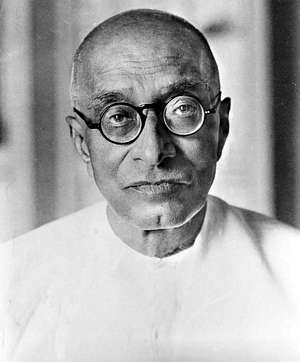 Chakravarti Rajagopalachari was the
Chakravarti Rajagopalachari was the 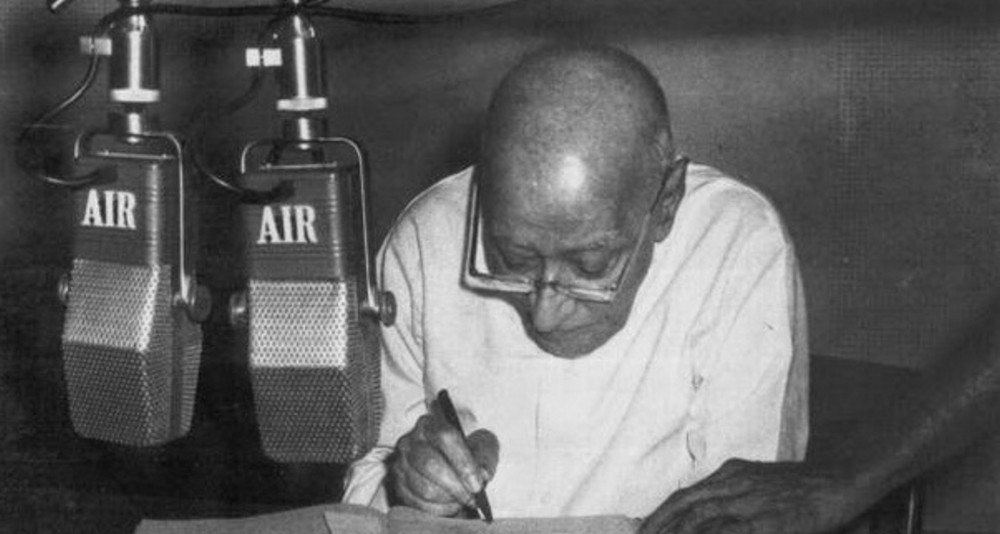
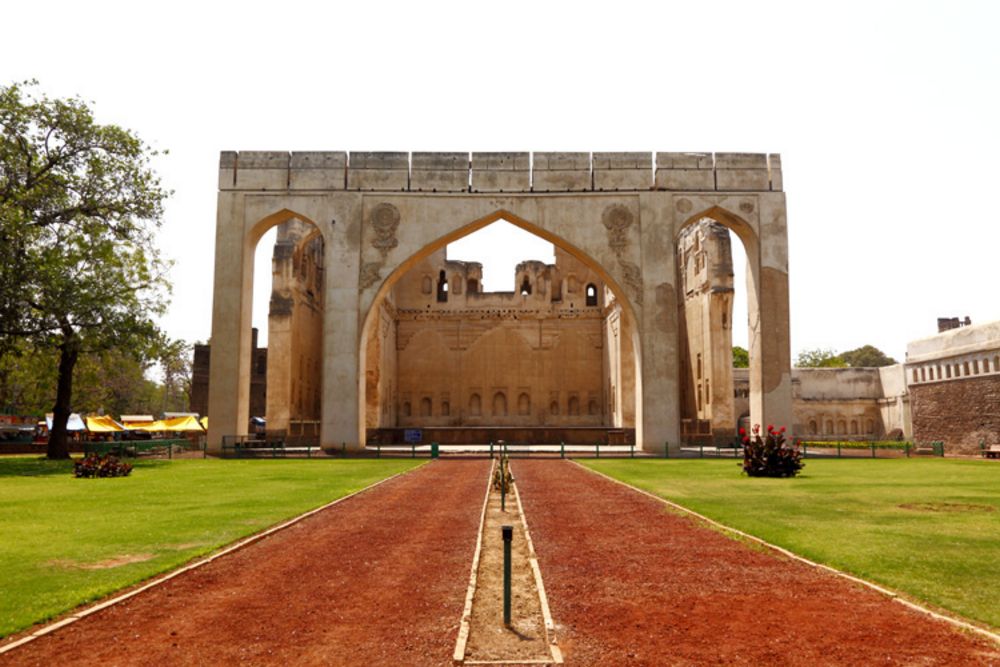
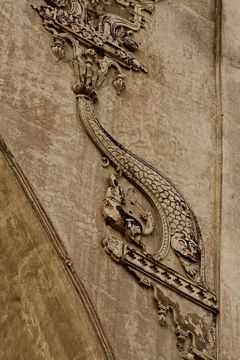 Gagan Mahal, so called because of its tallness almost touching the sky, was built during the Adil Shahi Sultan Ali Adil Shah I who ruled from 1550 AD., to 1580 AD. In keeping with his victories and wealth that he amassed, he planned to make his capital Bijapur a beautiful and imposing city with many elegant buildings. Gagan Mahal is one such building.
Gagan Mahal, so called because of its tallness almost touching the sky, was built during the Adil Shahi Sultan Ali Adil Shah I who ruled from 1550 AD., to 1580 AD. In keeping with his victories and wealth that he amassed, he planned to make his capital Bijapur a beautiful and imposing city with many elegant buildings. Gagan Mahal is one such building.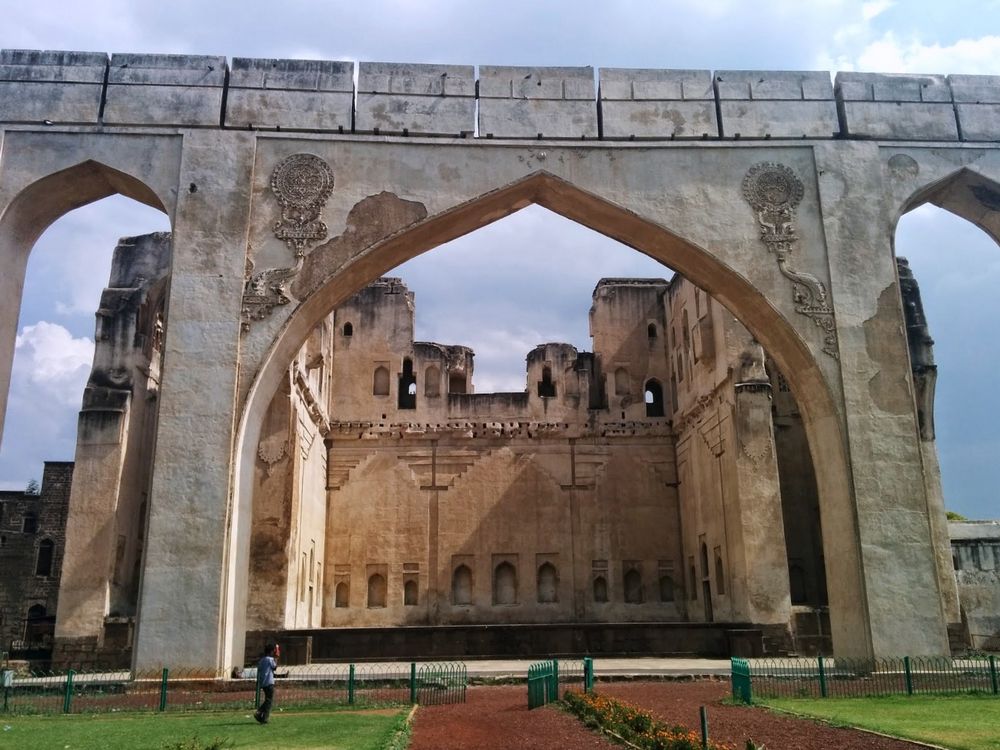
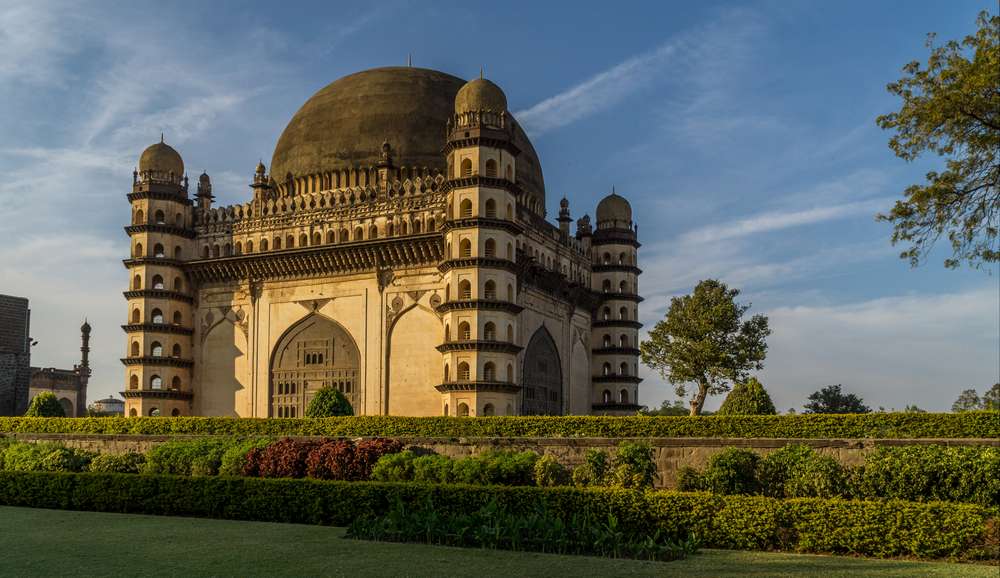
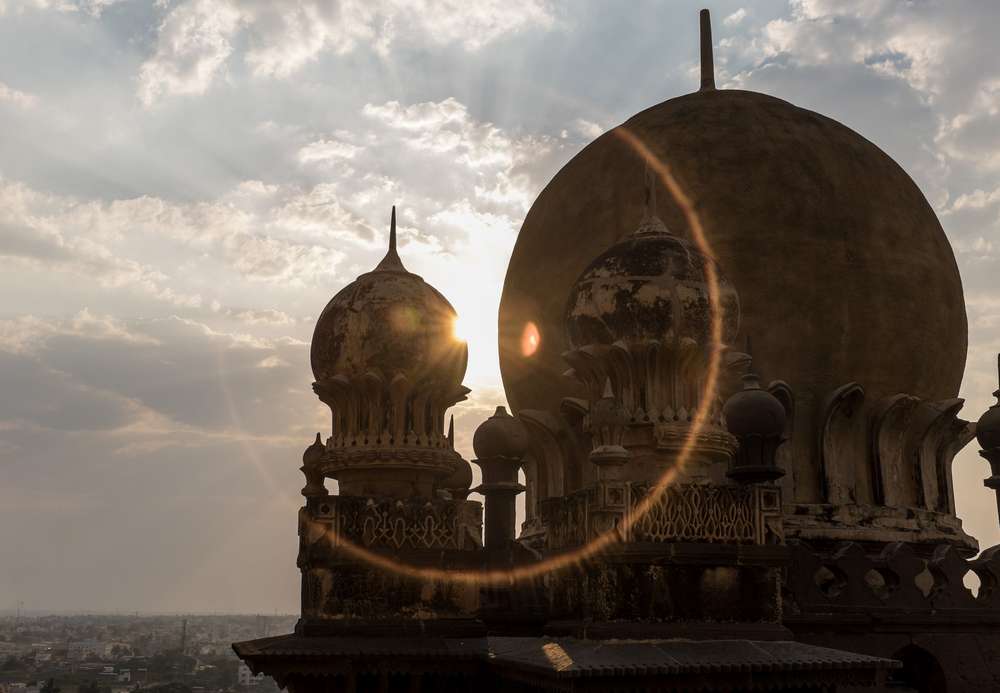
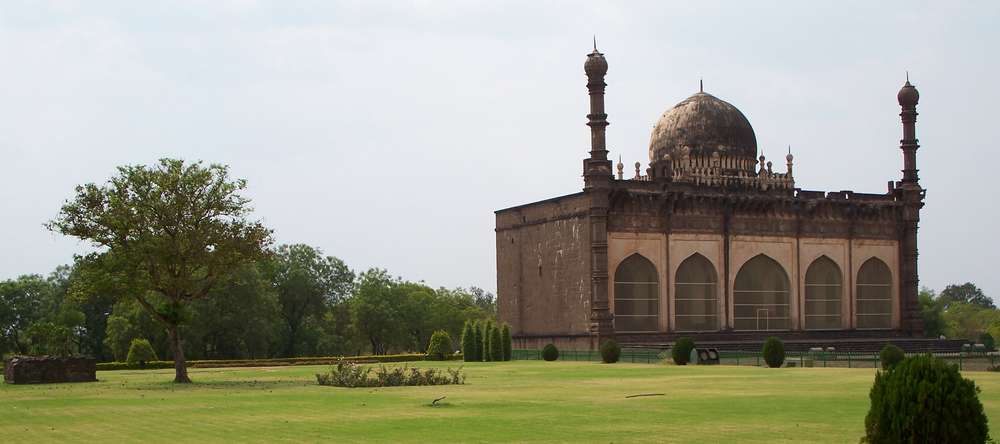
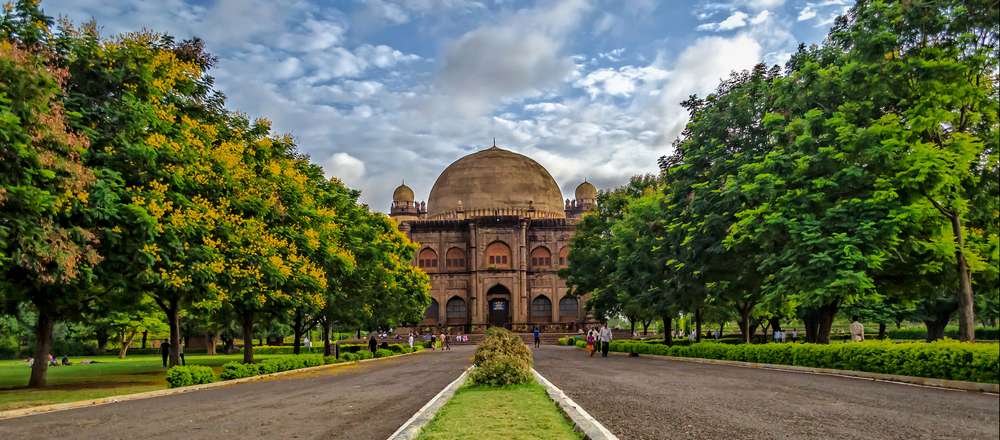
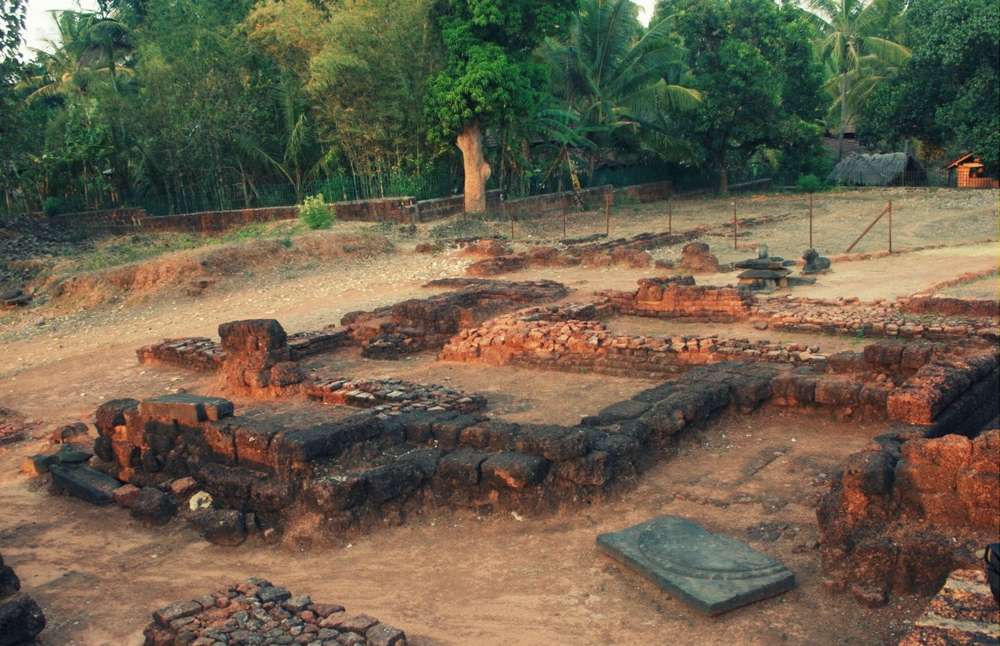
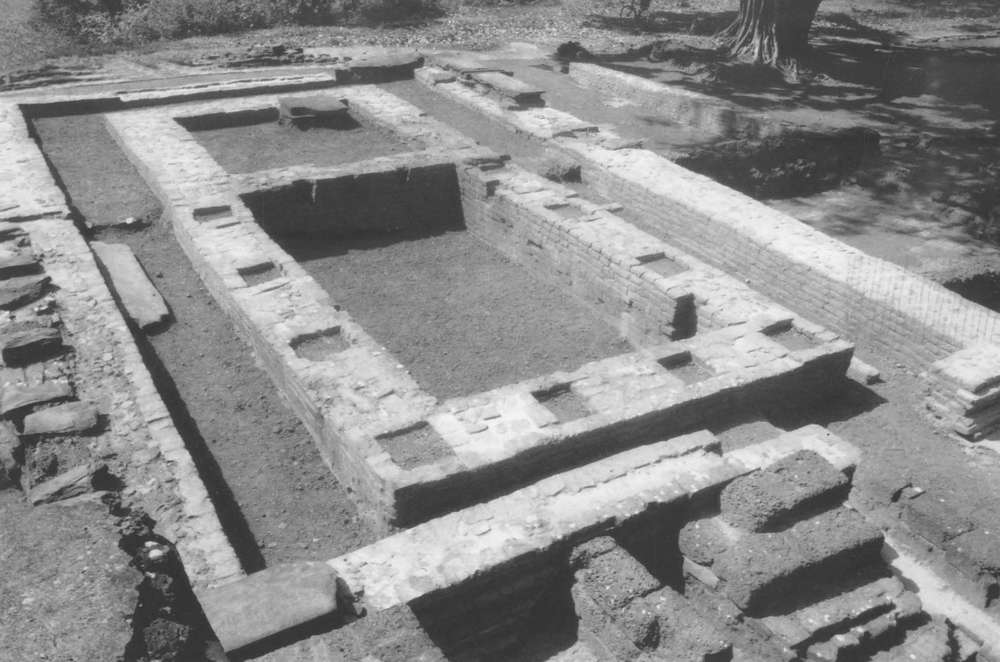
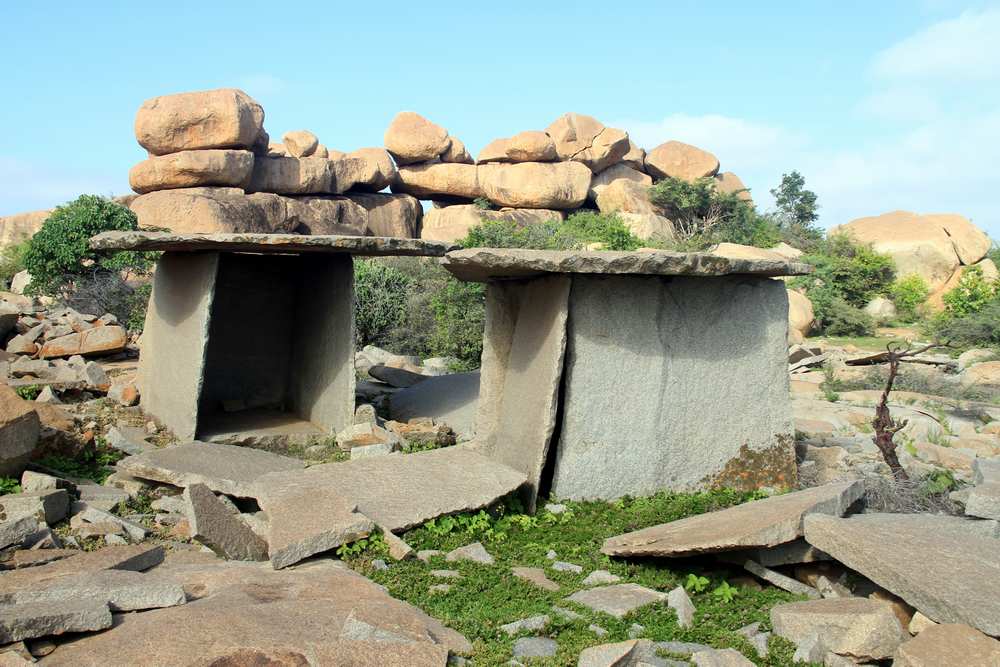
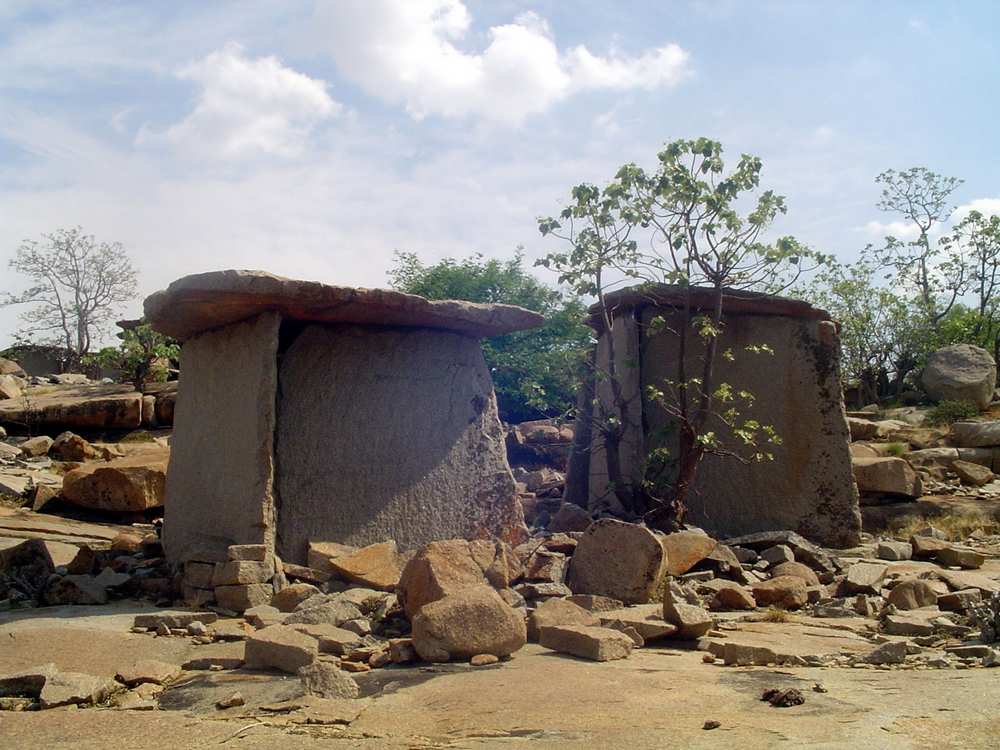
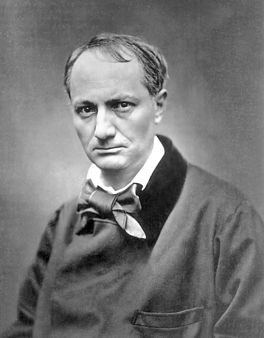 For much of the history of humanity, the
For much of the history of humanity, the 
.jpg)